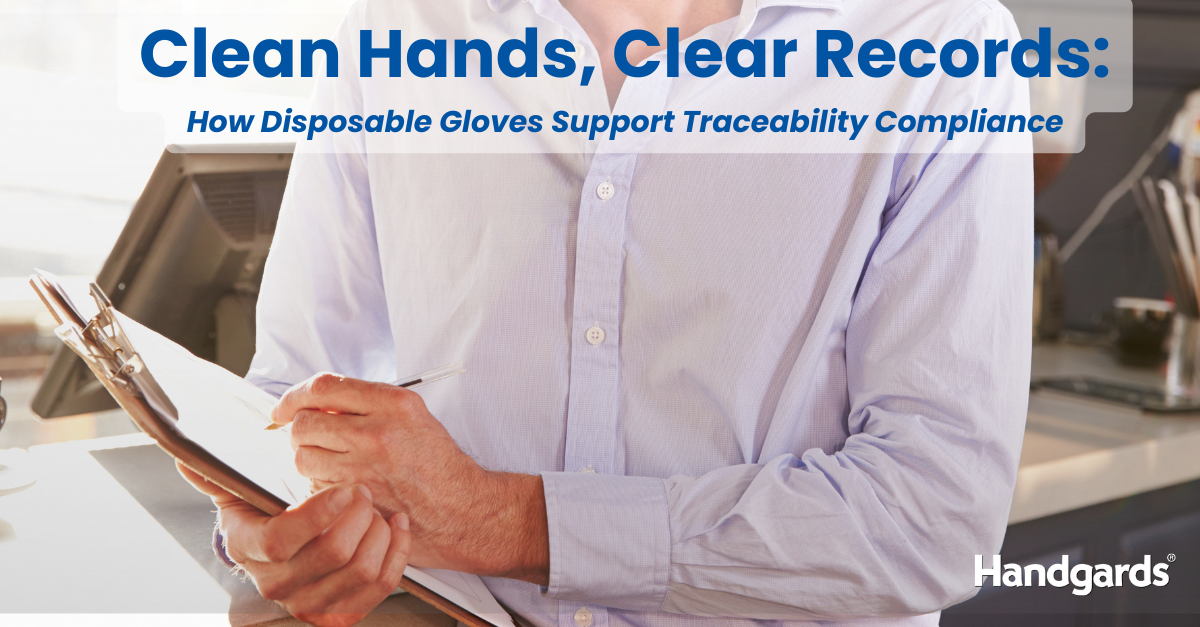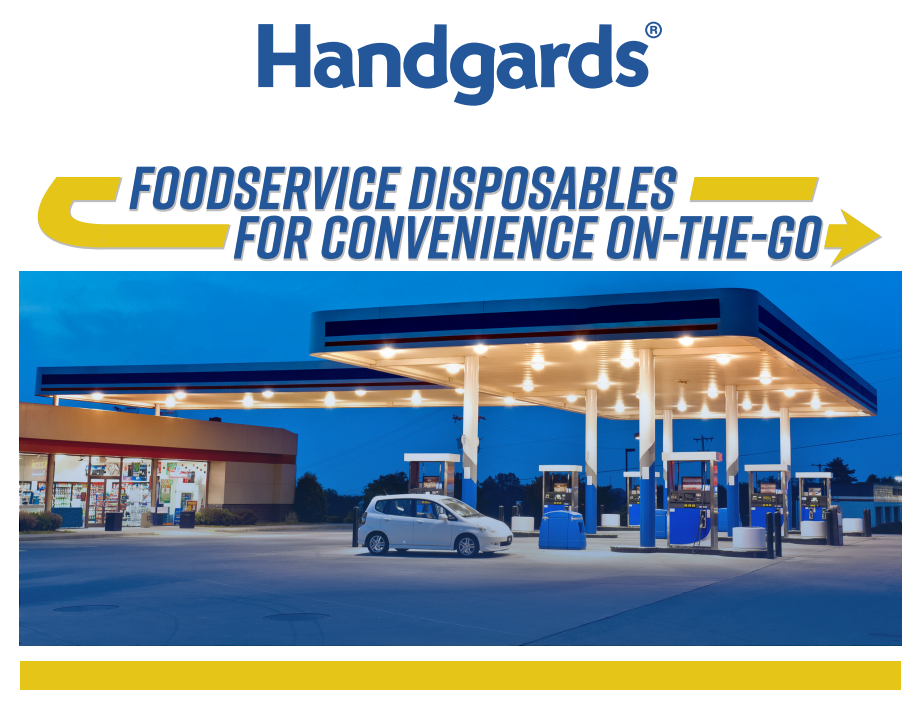Food Safety as the Core of Catering Excellence
What separates the best from the rest?
Catering is one of the most rewarding areas of foodservice, offering chefs and operators the chance to showcase creativity, design unique menus, and create memorable experiences for clients and guests. At the same time, catering presents unique operational challenges: food must travel, be held safely in temporary setups, and served efficiently without compromising quality or safety. Unlike restaurants with fixed kitchens and stable systems, caterers operate in unpredictable environments from ballrooms to outdoor tents, from office lobbies to even parking lots.
That unpredictability is what makes catering exciting, but it also raises the stakes. Food safety lapses in catering can spread quickly, leaving not only guests sick but reputations damaged beyond repair. The best caterers understand that success doesn’t rest on the menu alone: it rests on earned trust through discipline, consistency, and safety at every step.
Five Best Practices for Earned Trust in Catering
Here are five best practices that outline catering excellence today, paired with simple, practical tools that can help operators execute them.
Reduce Risk of Cross-Contamination
- Operational Complexity: Every catering operation begins with preparation, and this is where the foundation of food safety is laid. Cross-contamination is one of the biggest hazards in any kitchen, and catering prep often involves juggling large amounts of raw proteins alongside ready-to-eat items.
- Right tool for the task: The best caterers build safeguards into their systems, using disposable gloves – often task-specific or color-coded – to establish barriers that reduce mistakes and prevent pathogens from spreading across food. Handgards has a wide range of gloves fit for every task – check out our “What Product is Right for Me?” online tool to help you decide which is right for you.
Maintain Safe Food Temperatures
- Operational Complexity: Few challenges are as critical – or as difficult – as temperature control. Food safety rules are clear: hot items must remain above 140°F and cold items below 40°F.[1] The challenge is keeping food out of the danger zone while it’s being transported, staged, or served in temporary setups.
- Right tool for the task: Caterers are increasingly relying on Pangards steam pan liners, which help retain heat and cold more effectively while also preventing direct contact between food and equipment. This added consistency protects both food quality and safety. They withstand up to 220°F (104.4°C) – all while cutting labor costs and increasing efficiencies.
Limit Direct Contact with Food
- Operational Complexity: Speed defines catering service. Whether it’s a wedding or a corporate lunch, hundreds of guests often need to be served in a short window of time. The temptation to cut corners is real, especially in venues where handwashing stations aren’t convenient. But every unnecessary touchpoint creates risk.
- Right tool for the task: That’s why smart caterers train their teams to lean on protective barriers like Neatgards Disposable LD Aprons, Neatgards Hairnets and Bouffant Caps, and a wide variety of disposable gloves, which reduce bare-hand contact and reinforce a culture of food safety without slowing service. Make sure to include the proper handwashing techniques and glove changes between tasks or when they become soiled, torn, or have been worn more than four hours.
Standardize Portions for Control and Safety
- Operational Complexity: Consistency matters in catering, for presentation as well as for safety and compliance. A diabetic-friendly or low-sodium meal isn’t safe if portions are improvised on the fly. Portion control also reduces waste and ensures each guest receives an equal share.
- Right tool for the task: The solution is simple: use Tuffgards Pre-Portion Bags to streamline prep and service. This approach keeps portions accurate, minimizes last-minute handling, and helps kitchens deliver with both precision and speed while reducing food waste and increasing efficiency.
Strengthen Transport and Cleanup Practices
- Operational Complexity: Food safety doesn’t end when dishes leave the kitchen. In fact, some of the greatest risks occur during transport and after service. Spills, leaks, or exposure en route can undermine hours of careful preparation. Cleanup after an event can also increase exposure if staff handle soiled equipment or contaminated surfaces.
- Right tool for the task: That’s why successful caterers depend on Tuffgards LD Reclosable Bags and Pangards pan liners to keep food protected in motion and to make cleanup faster and safer once the event ends.
Earned Trust through Discipline and Reliable Disposable Tools
Great catering isn’t defined only by inventive menus or flawless presentation. It’s defined by earned trust: the trust that food is safe, consistent, and handled with care from preparation through cleanup. Clients expect meals that delight, but they also expect confidence in how that food was managed along the way.
By adopting disciplined best practices and pairing them with reliable disposable tools, caterers can navigate the unpredictability of their work with professionalism. In doing so, they not only protect their guests but also safeguard the reputation and long-term success of their business in one of the toughest, most rewarding corners of foodservice.
[1] About Four Steps to Food Safety | Food Safety | CDC, 2024




